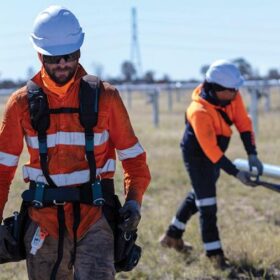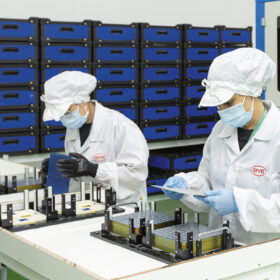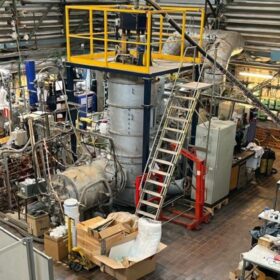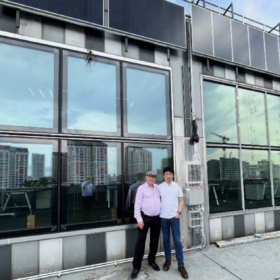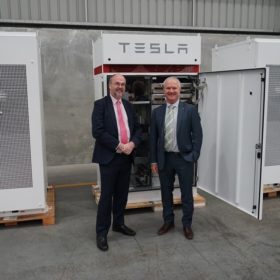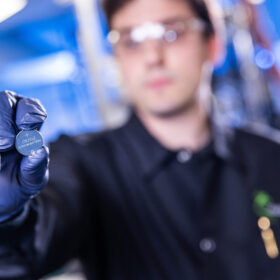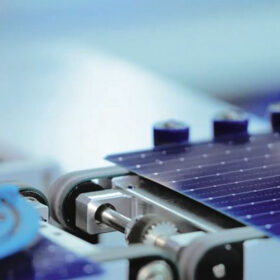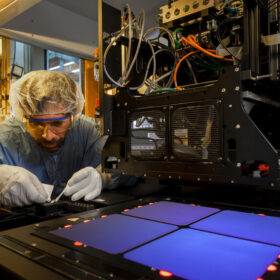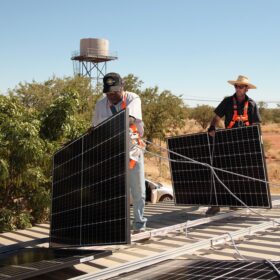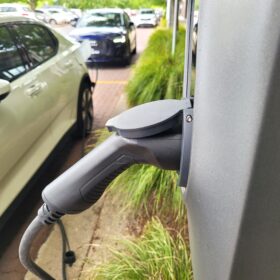Two million more workers needed to enable Australia’s energy transition, government report finds
Australia will need a 40% increase in workers in building and engineering trades by 2050 to enable the energy transition, a new report from the Australian government says.
Around 40% of the workforce in global PV industry is female
According to recently published employment report by the International Renewable Energy Agency (IRENA), the global solar industry employed around 5 million people at the end of last year. The report also reveals that women’s employment in the industry was “uneven”, with females mostly hired for administrative positions (58%) followed by science, technology, engineering, and mathematics (38%) and non-STEM technical positions (35%).
Swedish startup to use green hydrogen plasma in pilot reactor for solar grade silicon
Encouraged by lab results and a feasibility study, Swedish startup, Green14, in collaboration with Sweden’s Royal Institute of Technology (KTH) plans to build a pilot-scale reactor to make solar grade silicon with a hydrogen plasma process. The company sees the pilot as a step towards using a more sustainable method to produce solar grade silicon for the PV industry at its own gigawatt-scale plant.
ClearVue’s next-gen ‘solar window’ tested in Singapore
Western Australian solar window company ClearVue Technologies has completed third-party testing with the Singapore Building and Construction Authority, saying the results illustrate strong thermal and energy outcomes.
WA ushers in major reforms to support transition on its main island grid
A package of major regulatory and market reforms designed to support Western Australia’s energy transformation have gone live. The changes relate to the state’s main islanded grid, known as the SWIS.
Lithium hydroxide from recycled batteries used to make Dragonfly’s cells
Dragonfly Energy is using lithium hydroxide recovered from recycled batteries to manufacture battery cells, with Aqua Metals leading the way in recycling solutions for materials in the supply chains for energy storage and electric vehicles.
Researchers developing cheap hydrogen storage
Oxford Institute for Energy Studies researchers have developed a cost-effective material to absorb hydrogen at non-cryogenic temperatures, which they consider optimal for fuel cell storage systems.
EV sharing to provide stationary storage services via V2G tech
We Drive Solar and MyWheels have announced plans to transform the Dutch city of Utrecht into the world’s first municipality with a “neighbourhood battery on wheels.” The system will feature 25 Ioniq 5 vehicles equipped with vehicle-to-grid (V2G) tech from Hyundai Motor.
Weekend read: Getting to the bottom of TOPCon degradation
Should the industry be alarmed at the potential degradation susceptibility of tunnel oxide passivated contact (TOPCon) solar cells? Or are the problems easily addressed and more a reflection of rushed-to-market products? pv magazine contributor and consultant Götz Fischbeck reports.
Low-temperature processes to reduce silver use in tandem perovskite-silicon solar cells
Researchers from Germany’s Fraunhofer ISE developed new techniques to reduce silver consumption in tandem perovskite silicon solar cells and heterojunction silicon PV devices. The new processes relate to cell metallisation and module interconnection.
